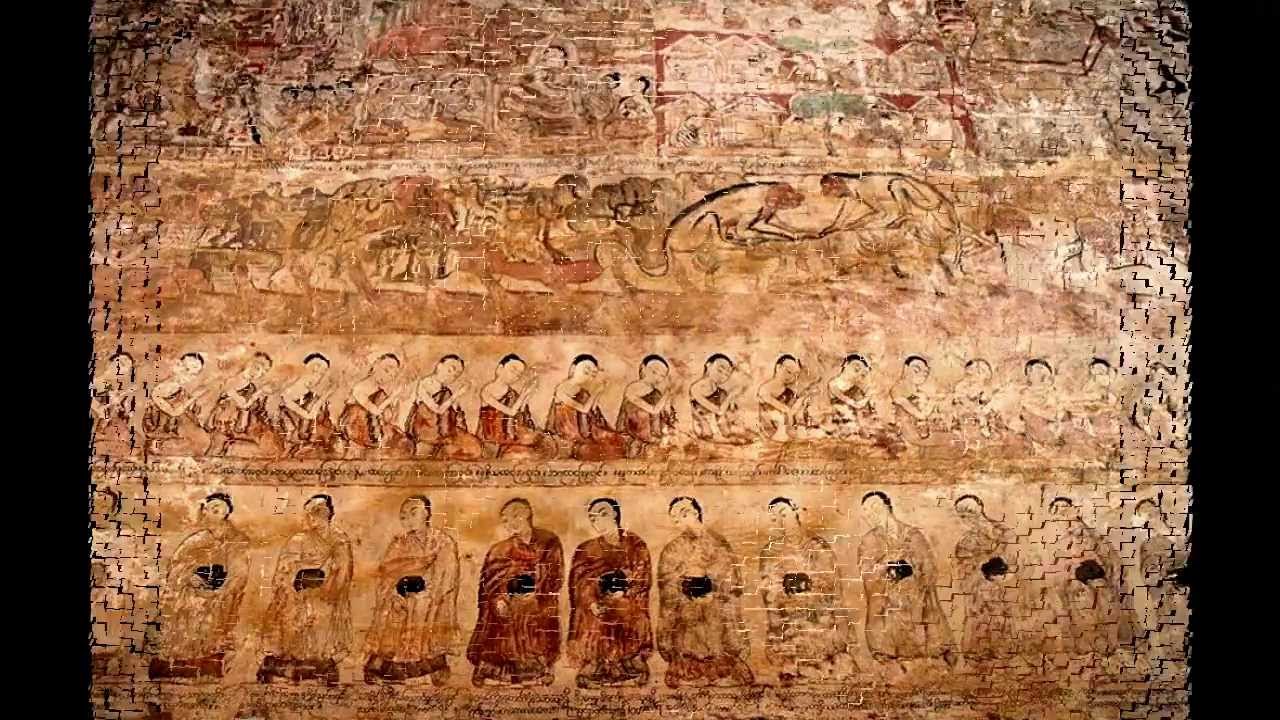
An inscribed stone in the North porch of the temple tells that King Narapatisithu found a small ruby at the spot where the Sulamani temple was later erected, hence the name of the temple, which means small ruby.

The architectural style has many similarities with that of the Htilominlo temple, which was built a few decades later. The Sulamani is a two storey structure with a square layout. The large first floor is topped with three receding terraces. The upper floor which is much smaller is topped with another four receding terraces. The corners of both lower and upper terraces contain smaller spires.

The top of the Sulamani comprises of a sikhara, a tower structure originating from North India. Unlike the one of the Ananda temple, the sikhara is not gilded. On top of that is the hti, a spire ornament shaped like an umbrella.

The temple has entrance porches on all four sides. The Eastern porch which is the main entrance protrudes further out from the structure than the others. Apart from this, the structure is symmetrical.

The Sulamani’s base and terraces contain beautiful glazed terracotta plaques with depictions of Jataka tales, the stories about the previous lives of the Buddha. It was customary for the most important and largest temples in Bagan to have a set of plaques with Jataka tales, of which there are 547 in total, in order to educate the people about Buddhism.













